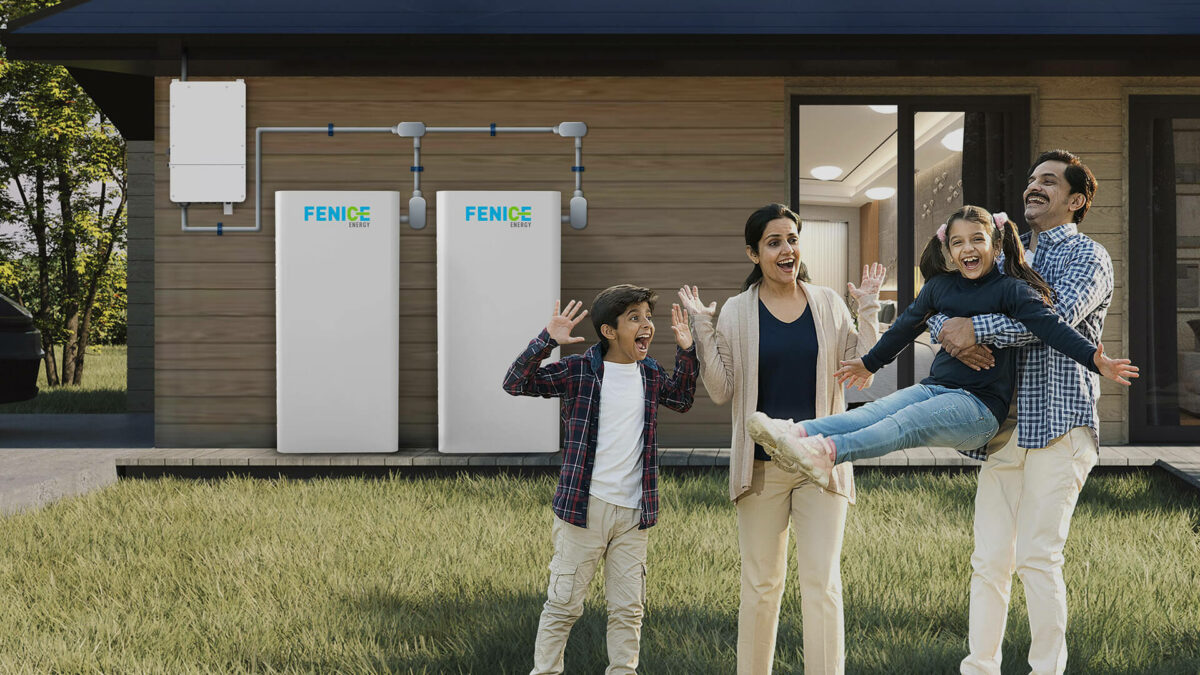Introduction
With regard to the finding eco-friendly power sources, the installation of solar panels not only normal roofing components has become a widespread practice. Nevertheless, the revelations obtained through the installation of solar panels on plastic roofs enlighten us on the detrimental consequences of those cases. If an individual looks at the plastic as the versatile and efficient alternative for making solar equipment, one must understand the very acts of their interactions with solar technology before making these wonderful decisions.
Plastic Roofs: An Unlikely Host for Solar Panels
The plastic roofs, preferred on basis of being low cost and flexible, are specific in the challenges dealt with the solar installations on the roof. Thus, as we get to know drawbacks we must recognize the mechanism of solar energy existence and the relationship between plastic and photovoltaic devices.
The Promise and Peril of Solar Energy
Sources of Energy:
It’s worth to keep in mind the wider understanding of solar energy as a type of renewable power when talking about its less obvious sides. Solar power, whose use realizes electric energy by means of photovoltaic cells, is considered a viable source of electricity because it is clean and sustainable.
Renewable Energy Dynamics:
Solar power, that solar energy is the type of renewable energy, grants environmentally friendly substitute to traditional energy compilation. The sun as a permanent source of power; solar-powered becomes the major driver of the solar sets.
Unveiling the Disadvantages
Upfront Costs and Installation Challenges:
The solar panel designcontrasts with surprisingly high initial costs that are a quite problematic especially when the panels are used on plastic roofs. Putting the infrastructure on such roofs may cause problems; this may result in cost overrun.
Quality Concerns and Energy Efficiency:
Ultimately, you need to choose the right quality solar panels for you to achieve highest energy efficiency. Nevertheless, plastics roofs possess she destructive properties while they are in sun for a long time.
Impact on Savings:
Solar installations present good means to lower the energy bills but with virtual inefficiencies of solar panels built on plastic, the initial savings could be cancelled out in the future. This happens to be eligible for a thorough cost-benefit analysis.
The Solar System on Plastic Roofs
Photovoltaic Cells:
Photovoltaic cells being the most fundamental part of this conversion, solar energy cells are the driving force. The importance of the right cells’ quality becomes more and more obvious when there are some roofs of complex shape such as the plastic ones.
Installation Challenges:
The solar panels installation, critically, is linked with the sagacity of planning. While the portability and pliability of plastic roofs has many benefits, the structural complexities involved in the installation of plastic roofs, and the additional structural aspects abounding during its installation can make it challenging to sail through.
Durability and Maintenance:
With plastic having poor-quality long-term qualities, the persistence of solar panels on plastic roofs may prove to be inefficient. Because of their fragility they undergo frequent damages, hence, recurrent maintenance procedure becomes necessary. Although it leads to elevating the operation costs but it also causes various problems of a logistic nature.
Weathering the Challenges: Sunny Days and Beyond
Solar Panels on Sunny Days:
Solar efficiency is an attribute that generally relies on a panel’s direct exposure to sunlight. However, the benefit of recreational plastic roofs on sunny days could be challenged with rainy or overcast days, resulting in a fluctuation in energy production due to a lower production rate.
Challenges Beyond Sunlight:
Disadvantages are not limited to the timescales of lighting only. Plastic roofs, prone to tear and wear, may demand soon again maintenance, which is one of the concerns having in mind the long-term costs of solar installations and chances that they function not as long.
Environmental Impact and End-of-Life Concerns
Material Sustainability:
Plastic, being roofing material, raises an alarm bell regarding the impact on the environment. The creation, utilization, and removal of the plastic tend to have damaging outputs on the environment, which might be contradictory to the green objectives of energy from solar sources.
End-of-Life Disposal:
Plastic roofing products for their service life must be disposed; this composition brings with it environmental problems. Such solid waste materials must be disposed off through approved scheme whereas adopting composting furthering the option of diverting plastic pollution away from the global crisis.
Exploring Alternatives and Future Prospects
Exploring Alternative Roofing Materials:
As far as the problems with plastic roofs we discussed now, it is obvious that a need to find alternative roofing materials arises. Solutions which guarantee a material with sturdiness, resilience and sustainability can be a reason sufficient for being used in solar installations.
Advancements in Solar Technology:
Emerging researches and innovations in the solar technology together aspire to sidestep the persistent difficulties. The field of artificial intelligence (AI) has emerged as a disruptive force across various industries and sectors. The long reaches of the future may likely unleash ways where solar panels can mend even more rigid roofing materials which are obtainable in a plastic roof pattern that suits it.
Conclusion: Navigating the Solar Landscape
Steering the solar ship, it is essential to keep the minuses of installing solar panels on the plastics roofs in your mind , to make the right choice. Along with the savings and environmental benefits obtained, the challenges are crucial to the understanding to ascertain that the purpose for implementing EVs is genuine and sensitive. Through the search for alternatives and paying attention to technological developments, renewable energy sources can be successfully and in an eco-friendly manner more expanded into our household electricity and business systems. Embracing the sun for a greener future is the journey which doesn’t end in terms of energy generation, instead goes further with the technology that combines the sunshine with the materials that are cheap as well as responsible for the environment.













